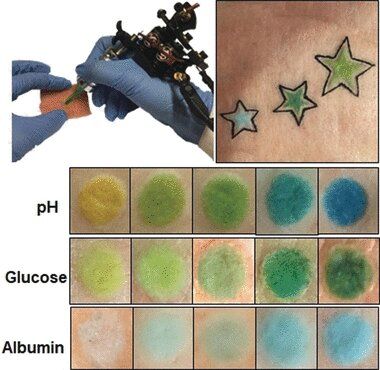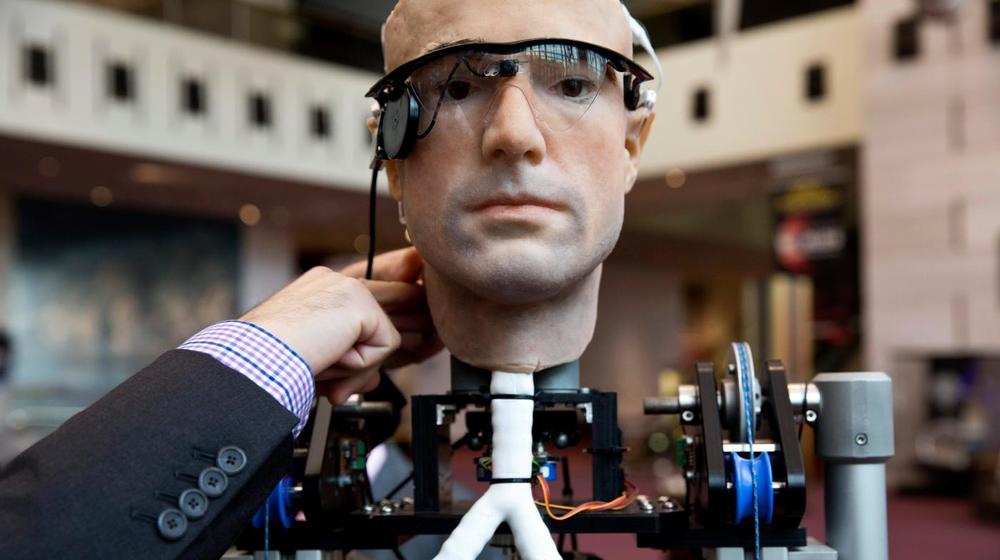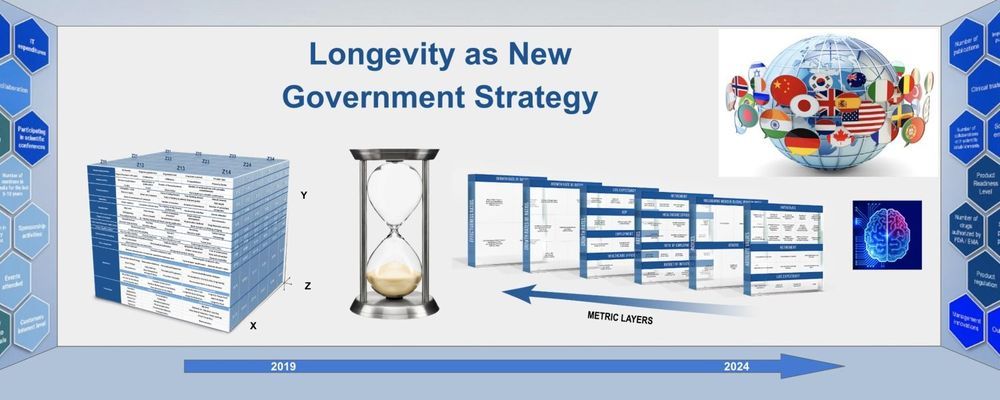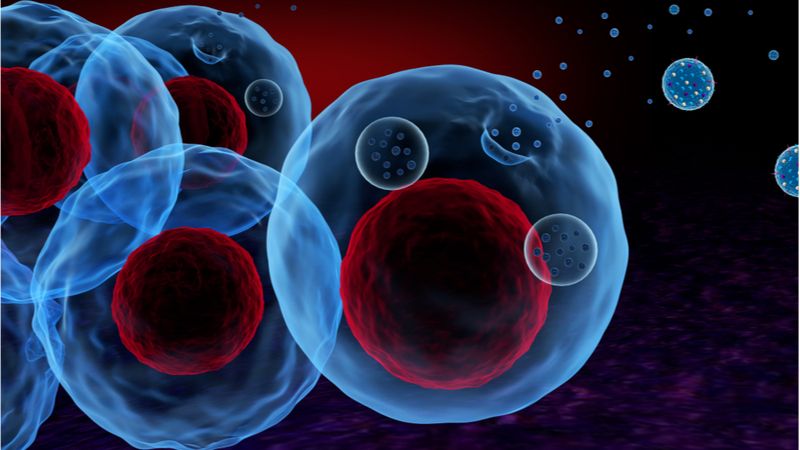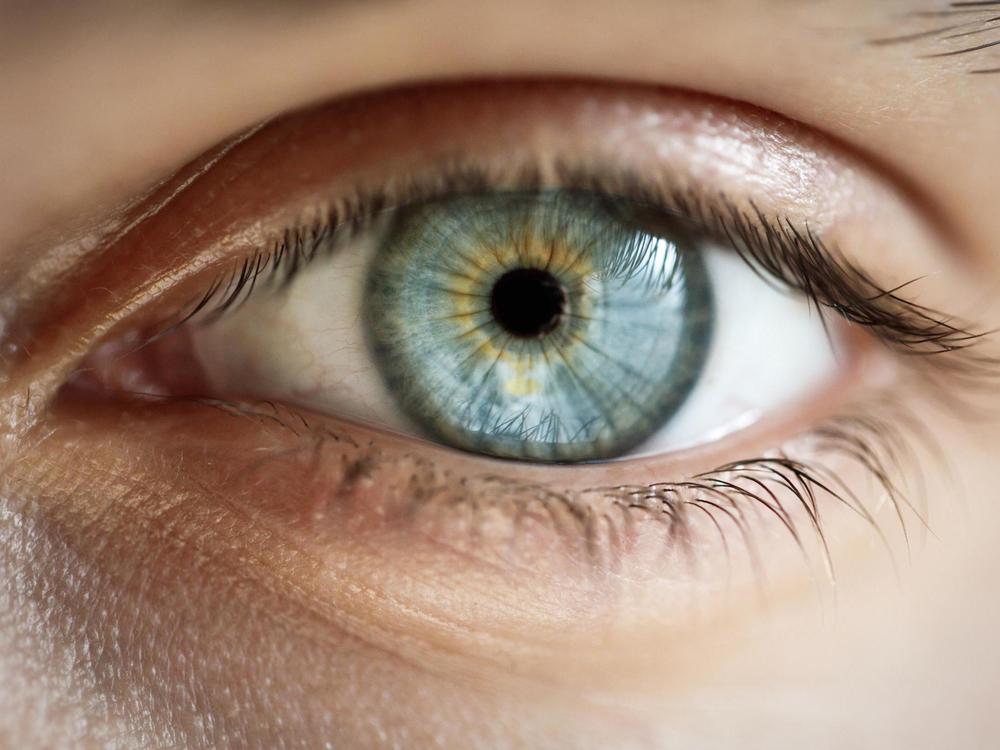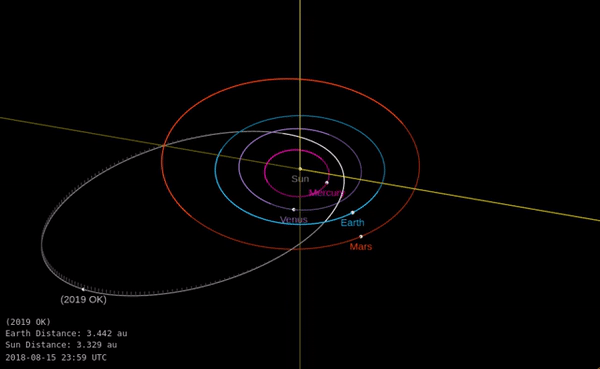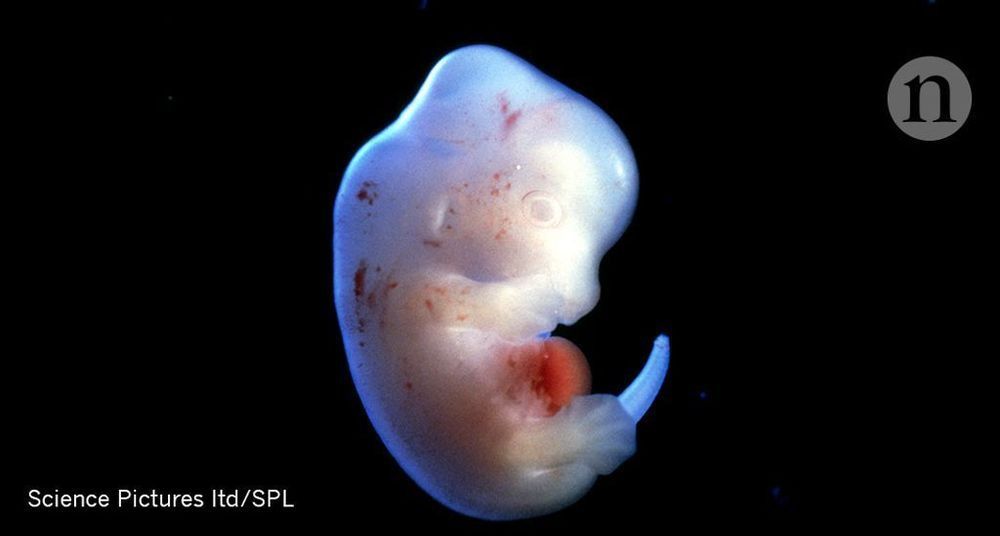Jul 29, 2019
Dermal tattoo sensors for the detection of blood pH change and metabolite levels
Posted by Shailesh Prasad in categories: biotech/medical, health
The art of tattooing may have found a diagnostic twist. A team of scientists in Germany have developed permanent dermal sensors that can be applied as artistic tattoos. As detailed in the journal Angewandte Chemie, a colorimetric analytic formulation was injected into the skin instead of tattoo ink. The pigmented skin areas varied their color when blood pH or other health indicators changed.
